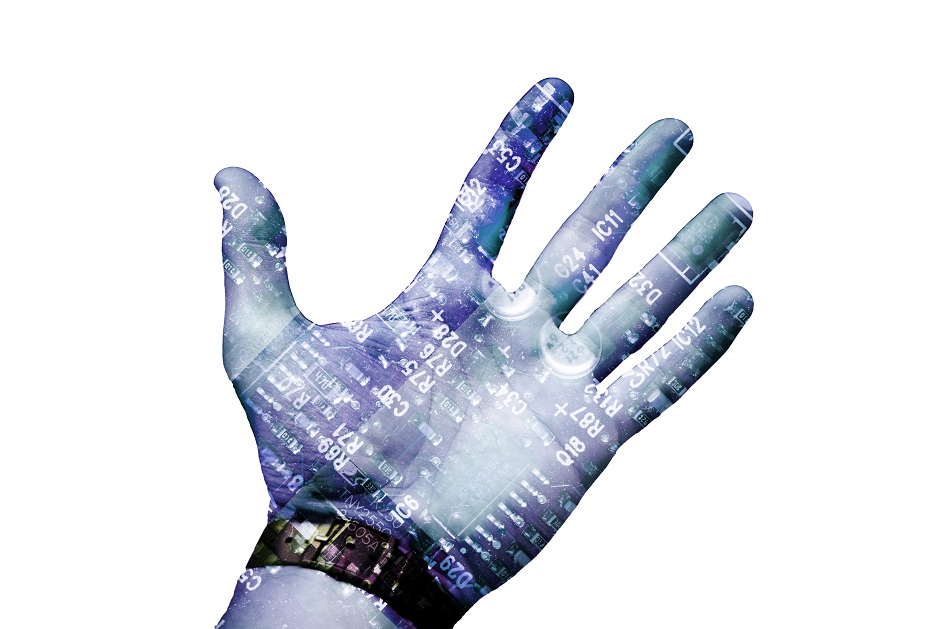Sep 11 2012
 Image Credit: Lorenzo Sala/Shutterstock.com
Image Credit: Lorenzo Sala/Shutterstock.com
Integrated circuits are popular across nearly all industries. Often found in medical diagnostic equipment because of their suitability in the engineering of flat panel displays and medical X-ray sensors.
The study of macro electronics involves integrating an electronic circuit onto a substrate, which is typically silicone or polyurethane. Traditionally, macro electronic methods involved integrating a thin-film onto a glass plate. Glass plates are rigid and relatively heavy, which motivates researchers to test the use of plastic substrates for macro-electronic circuits.
Design and Fabrications
Research by Someya T et al (2004) focused on large-area flexible pressure sensor matrices for artificial skin applications. Their study is a good example of the development stages of standard stretchable electronic devices.
Firstly, integrating an organic transistor with a soft substrate involves a base film (i.e., the substrate material). In the study by Someya T et al, a polyethylene naphthalate was used. The material has an ultra-high, heat-resistant property with a thickness of 100¦Ìm. This offers a semi-rigid structure with a high load-bearing capacity, though polyurethane is advantageously more delicate, with a wider range of applications.
Next in the fabrication process, holes are drilled into the base film. Both sides of this platform are laminated with a 150 nm-thick gold layer. The gold layers of the substrate platform create an electrical bridge between the electrodes and opposite sides of the polyethylene film. One side of this layer behaves like a transistor (a semiconductor that communicates with an external circuit).
Polyimide precursors are then used to create dielectric layers. The gold layer on the substrate platform is used to form the source of electrodes for the transistor side of the base film. Finally, an elastomeric substrate is attached - which in this process was a pressure-sensitive rubber sheet together with a copper electrode layer - to the base film, sealing the elastomeric material to the transistor device. During movement, the rubber sheet of the pressure sensor matrix changes its resistance and this is how measurements can be made about the state of a biological surface.
Device Fabrication - Silicone Film
As mentioned, inorganic transistors are not as flexible in mobility and are susceptible to fractures when under strain. Polyurethene-based material delivers more mobility than silicone, though silicone is still a popular choice for its integration with soft and elastic circuits. The idea of an integrated electronic system that can deform itself into a new shape without losing its level of conductivity and sensitivity makes this a novel and challenging path in electronic-device technology.
The integration of a silicone membrane onto an electronic circuit follows a similar fabrication process to the one described above. However, recent research has revealed how stretchable wiring can also be used to enhance the flexibility of a sensor matrix. MC10, a small company in Cambridge, Massachusetts have used electrodes and nanowires to create stretchable skin with sensors. Stretchable wiring has the advantage of allowing a silicone-based sensor matrix to withstand a uni-axial stretch with maximum strain capacity with repeatability. One particular advantage of silicone over organic semiconductors is its high level of mobility.
Application of flexible pressure sensor electronic matrices has a place in the medical industry for its potential use in monitoring patient health. Artificial skin has the advantage of being flexible and covering large areas based on the fact that this conductive material has a transformable shape in high-strain environments. Future objectives for this area of research by MC10 will involve creating flexible catheters to monitor arrhythmias in cardiac tissue, body temperature, and developing implantable sensor technology to provide sensory feedback on the chances of a seizure occurring.
Recently, MC10 has received its first FDA 510(k) clearance for its BioStamp nPoint system. The system that has a more advanced version of the company’s BioStampRC, which didn’t get FDA clearance, is a flexible wearable patch developed from early investigations using gold electrodes and wires approximately 200 nanometers thick onto a silicon substrate followed by its application onto a flexible polymer. Biostamp nPoint is a biometric data collection platform. It can continuously collect physiological data at home or in healthcare settings. It is designed for research studies and clinical trials where scientists need to collect relevant data.
Sources and Further Reading
This article was updated on 13th February, 2020.